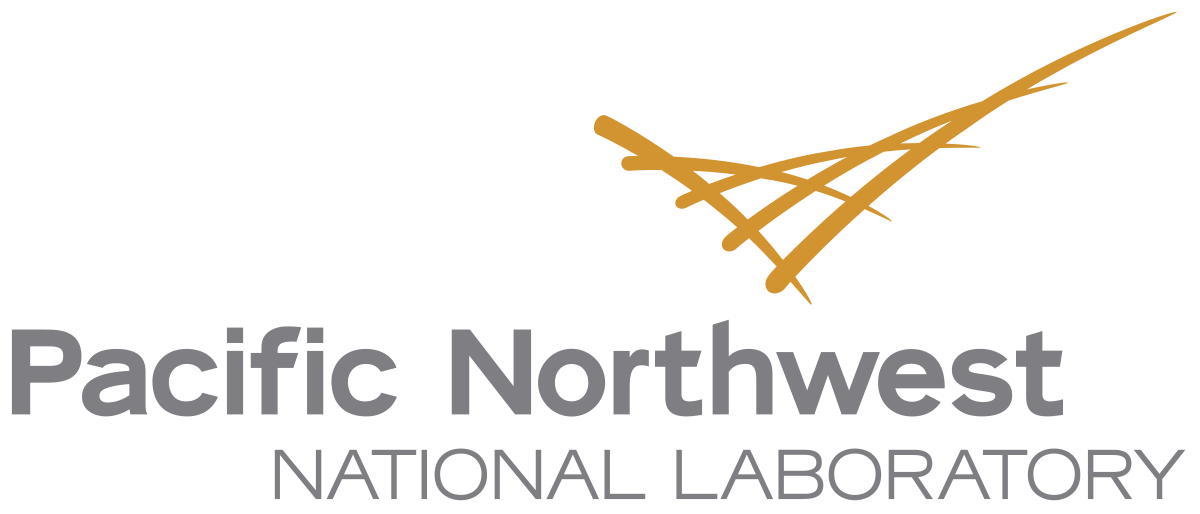Radioactive decay occurs when the nucleus of an unstable atom ejects an elementary particle such as an electron or neutron and changes to a different isotope which may be a different element. It is a ubiquitous natural phenomenon. Nuclear power is based on the deliberate concentration of very heavy radioisotopes such as uranium which decay and generate heat to drive turbines and generate electricity.
The Pacific Northwest National Laboratory (PNNL) located in Richland, WA is one of the federal government laboratories that carries out nuclear research. It focuses on research and development related to waste management, environmental restoration, global environmental change, energy and national security.
The PNNL opened the Shallow Underground Laboratory in 2010. This laboratory is buried eighty-one feet deep under rock, earth and concrete. Thick shielding is used to protect against cosmic rays, external electronic devices and other sources of noise that would interfere with their work. They can analyze signals from anywhere on Earth that represent radioactive decay events. These events go on continuously everywhere, but they vary depending on the isotopes that are decaying. For example, researchers can monitor the level of argon-37 which may indicate a nuclear test. They also monitor the level of argon-13 which allows them to determine the age of groundwater.
The lab has collected data on millions of radioactive decay events since it opened in 2010. This was not an easy task given that they are listening for very rare events in a very noisy world where the signals they are looking for can be confused with signals of a different and often routine origin such as a person flipping a light switch or receiving a call on a cell phone.
Emily Mace is a PNNL scientist who presented a report on the work at PNNL to the Eleventh Methods and Applications of Radioanalytical Chemistry conference held in Hawaii this last April. She said, “Some pulse shapes are difficult to interpret. It can be challenging to differentiate between good and bad data.”
Recently Mace and her team contacted experts in what is called deep learning which is a new and very active subfield of artificial intelligence. Jesse Ward is one of dozens of experts in the field of deep learning whose work is being funded by the PNNL Deep Learning for Scientific Discovery Agile Investment. Mace sent Ward data they have collected on two million energy pulses detected in the Shallow Underground Laboratory since it opened.
Ward used a sample set of thirty two thousand pulses for training their neural network. He input a variety of features for each pulse and showed the network how to interpret the signals. This was followed by a second training phase in which he fed more signal samples into the network as it learned to differentiate useful signals that were informative from other signals that were unwanted noise. Finally, he tested the network on increasing complicated data sets that were difficult for human experts to interpret. The network was able to outperform human experts and correctly categorized the signals ninety nine point nine percent of the time.
Ward said, “Signals can be well behaved or they can be poorly behaved. For the network to learn about the good signals, it needs a decent amount of bad signals for comparison.”
Craig Aalseth is a nuclear physicist at PNNL. He said, “Deep learning is making it easier for us to filter out a small number of good events that are indicative of the activity of interest. It's great to see deep-learning techniques actually doing a better job than our previous best detection techniques.”
There are many different applications for the techniques under development at PNNL. One area of research at PNNL is a search for signals that might be related to dark matter. Another possible application would be the automated detection of breast cancer and other anomalous tissues.
